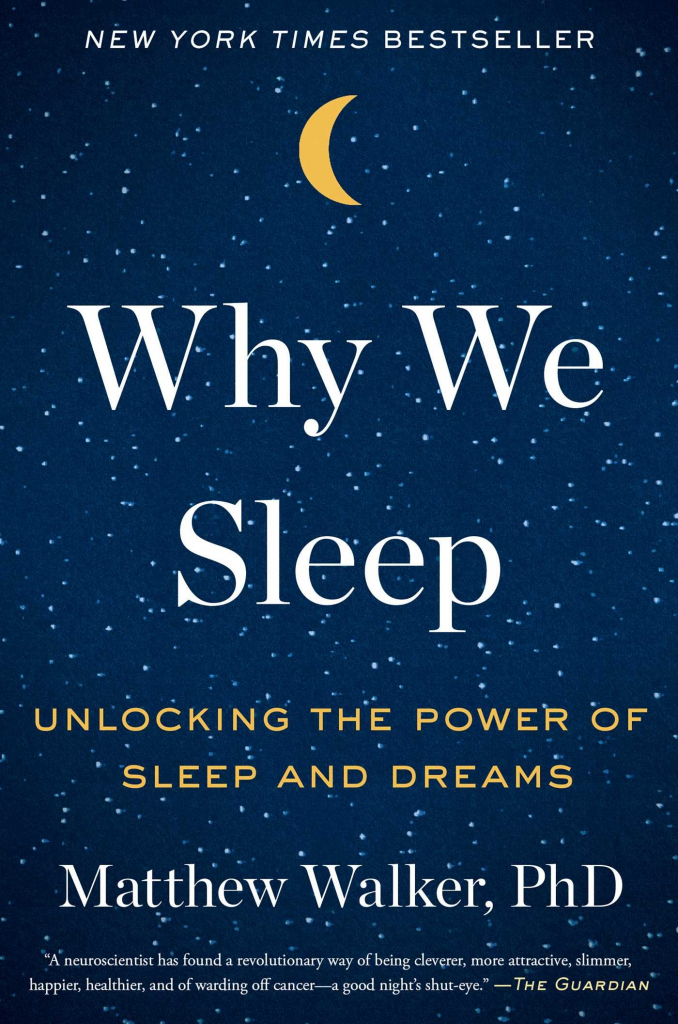Hands Like Bach’s
 It is often repeated lore in the court reporting world that pianists make great court reporting students. Something about the required finger dexterity and mental exercise that comes from playing the piano is said to be translated over to the stenography machine. For this reason alone, one might conclude that musical maestro Johann Sebastian Bach would have made a great court reporter. However, Bach was also gifted with another characteristic, an anatomical anomaly, that could have made him an expert machine stenographer.
It is often repeated lore in the court reporting world that pianists make great court reporting students. Something about the required finger dexterity and mental exercise that comes from playing the piano is said to be translated over to the stenography machine. For this reason alone, one might conclude that musical maestro Johann Sebastian Bach would have made a great court reporter. However, Bach was also gifted with another characteristic, an anatomical anomaly, that could have made him an expert machine stenographer.
According to the September 2019 edition of National Geographic, Bach had formidable hand size.
The article entitled, “The Musical Greatness of Bach’s Hands” states that Bach’s hand size/reach was “nearly 8 1/2 inches from wrist to fingertips- and it’s reach, as much as 10 1/4 inches from thumb to last finger with the hand open wide…Using those measurements…Bach could play a position bridging 12 white keys.”





